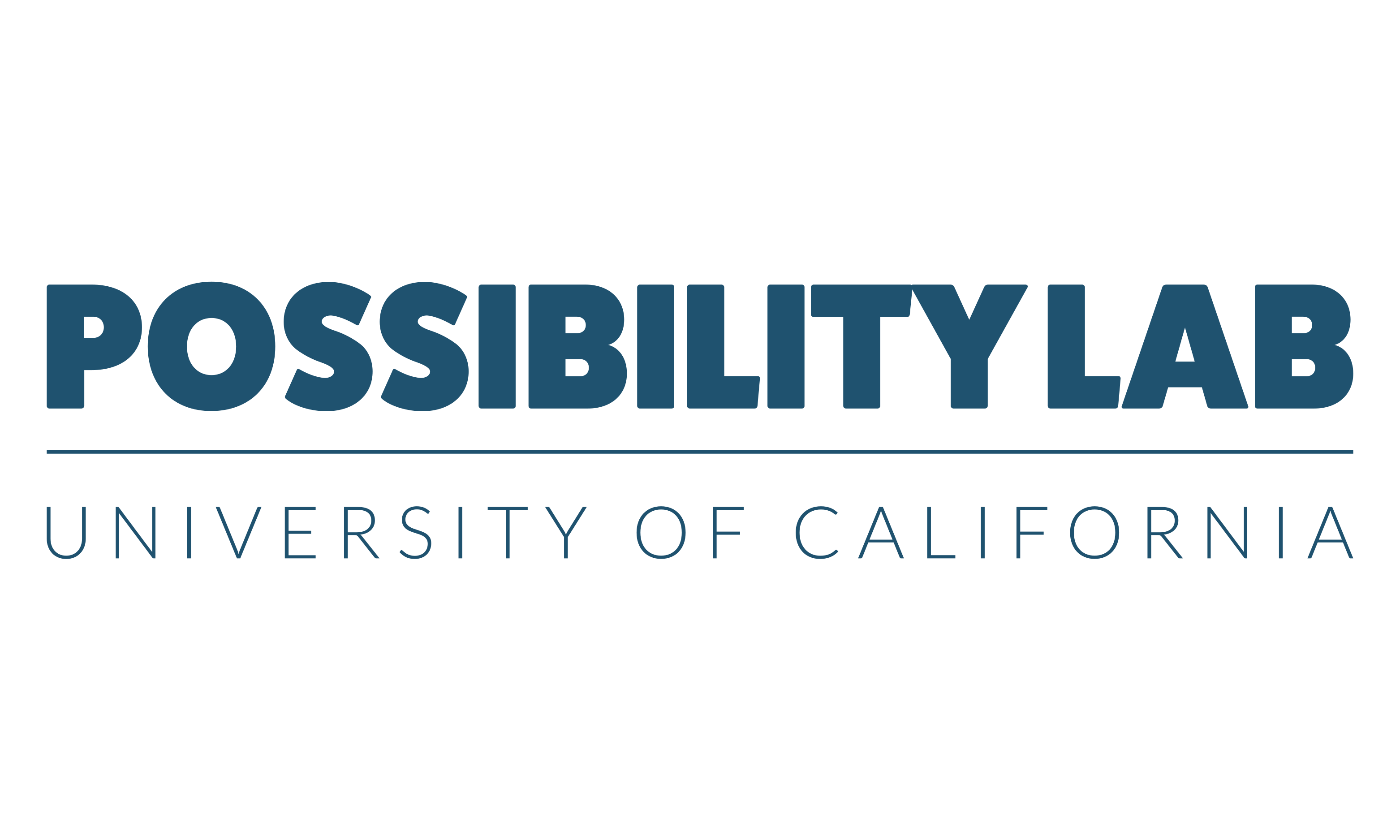Can we increase voter registration and turnout for people in jail?
More than 700,000 Americans are currently being held in local jails. While a common misconception is that these individuals are ineligible to vote, the vast majority are in fact legally permitted to cast a ballot in local, state, and federal elections. Yet doing so is often difficult, given incarcerated people’s limited mobility and access to informational resources.
Informing people in jail about their legal right to vote can increase their trust in and engagement with the electoral system. In partnership with the Alameda County Public Defenders, who oversee the Voter Outreach Increases Community Empowerment (VOICE) program, the Possibility Lab team identified challenges in jail-based voter registration; built a community of practitioners advancing jail-based voter registration; and identified potentially promising solutions for overcoming existing challenges.
At the core of this project is the development of strong partnerships with diverse stakeholders, including advocates, community organizations, public defender’s offices, sheriff’s offices, and registrar of voters, to improve jail-based voter registration and voting processes. This collaborative approach leverages varied expertise, fosters knowledge exchange, and promotes a collective effort toward achieving the project’s objectives.
1. We conducted onsite evaluation and practitioner interviews.
Information gathered during interviews with practitioners and non-profit organizations revealed a complex web of issues. For example, practitioners face challenges gaining jail access, coordinating between jail staff and election authorities, obtaining data to track programmatic effectiveness, and combating a lack of awareness and misinformation about eligibility and voting in jail.
Lab researchers also accompanied VOICE to Santa Rita Jail (SRJ) in order to observe registration outreach days, attend volunteer training sessions, and better understand in-person registration drives with the Public Defenders inside the jail. During these visits, the team went to nearly every housing unit within the facility, and observed the successful registration of over 300 individuals. These activities provided valuable insights into the registration process and allowed the team to identify practical barriers, as well as promising practices.
2. We partnered with "trusted messengers" to create and deploy curriculum.
Recognizing the need for basic education around the registration and voting process, Lab connected to Five Keys, a nonprofit charter school running classes inside Santa Rita Jail. The Lab team supported the development of an educational curriculum on voter education and conducted a ‘train the trainer’ session with Five Keys instructors, who then taught the curriculum to incarcerated individuals.
3. We are creating a community of practice for collaboration and learning.
Alongside our partners, the Lab brought together more than 20 organizations that are active in jail-based voter registration. Together, the group engaged in a collective exploration of challenges and strategies, including evolving practices for in-jail registration, legal and administrative roadblocks, data management challenges, fostering collaborations with key stakeholders, and considerations around pending legislation such as California’s ACA4 and AB544.
Next Steps for Jail-Based Voting in California and Beyond
The establishment of the nation’s first jail-based polling location in Cook County, IL, in 2020 and the subsequent 25% voter turnout of people detained at the jail has mobilized calls for similar legislation across the country. Observations of this momentum, along with pending California legislation (ACA4 and AB544), spurred the Lab team to conduct interviews with experts in the field who had implemented jail-based polling places in other counties around the nation. Qualitative interviews surfaced key considerations as California begins to think about granting all pre-trial detainees the right to vote in jail, such as the tradeoff between security and ballot privacy and the need for coordination and training across jail staff and election authorities.
Project leaders worked with these experts as well as key stakeholders, including the Alameda County Sheriff’s Office, the Ella Baker Center, and the Alameda County Public Defenders, to foster collaboration and gather relevant insights about the potential for expanding access to the ballot inside Alameda County’s Santa Rita Jail.
As legislation in California around the establishment of polling locations in jails progresses, Possibility Lab researchers are well-positioned to assist policymakers, institutions, and advocates as they continue to prepare for the implementation and evaluation of potential reforms.
This project was made possible with funding and support from the Scholars Strategy Network.
Our Work




